Sailing New Caledonia: 13 Tips by an Insider
New Caledonia is a fantastic place to cruise, and one of our favorites of all the places we've visited. French culture mixed with Melanesian in a South Pacific paradise - what's not to love?
It's also one of those places which gives you blank looks and confusion when you mention it. Even though it's a French territory, not even many French people can find it on a map. (Hint - it's in the southern hemisphere, about 800 miles north-northwest of New Zealand, 750 miles east of Australia, and near Vanuatu on the edge of the Coral Sea).
It's a place worth visiting, but how can you make the most of your time sailing there? We spent several months there on our boat, and maybe I can help you with a little we've learned.
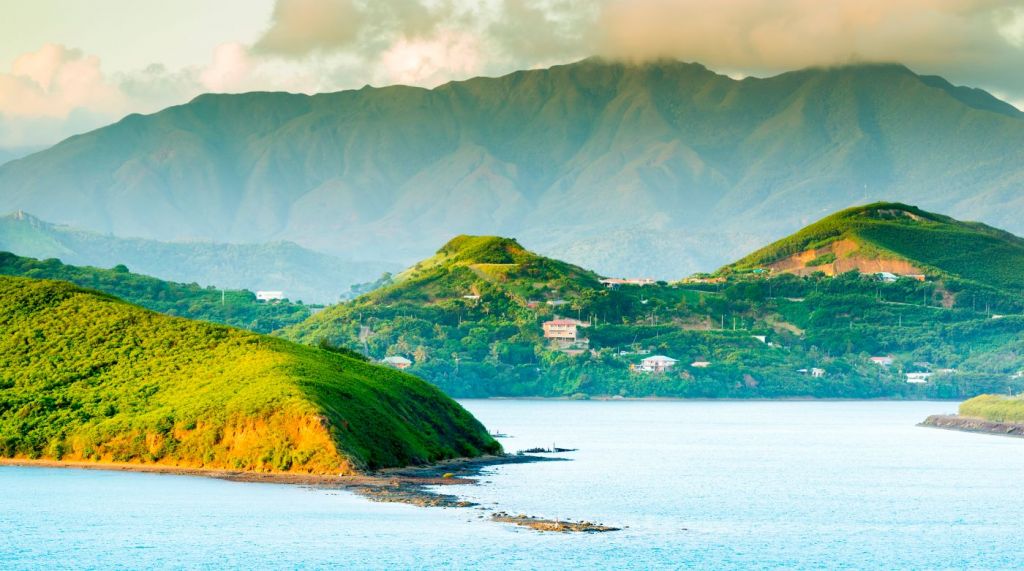
What is New Caledonia?
New Caledonia, despite bearing the Latin name for Scotland, is a French overseas territory. Captain James Cook was the first European to see it, and he gave the name to the island because parts of it remind him of Scotland. The French took formal possession in 1853 and have played a role in the culture and governance of the island group ever since.
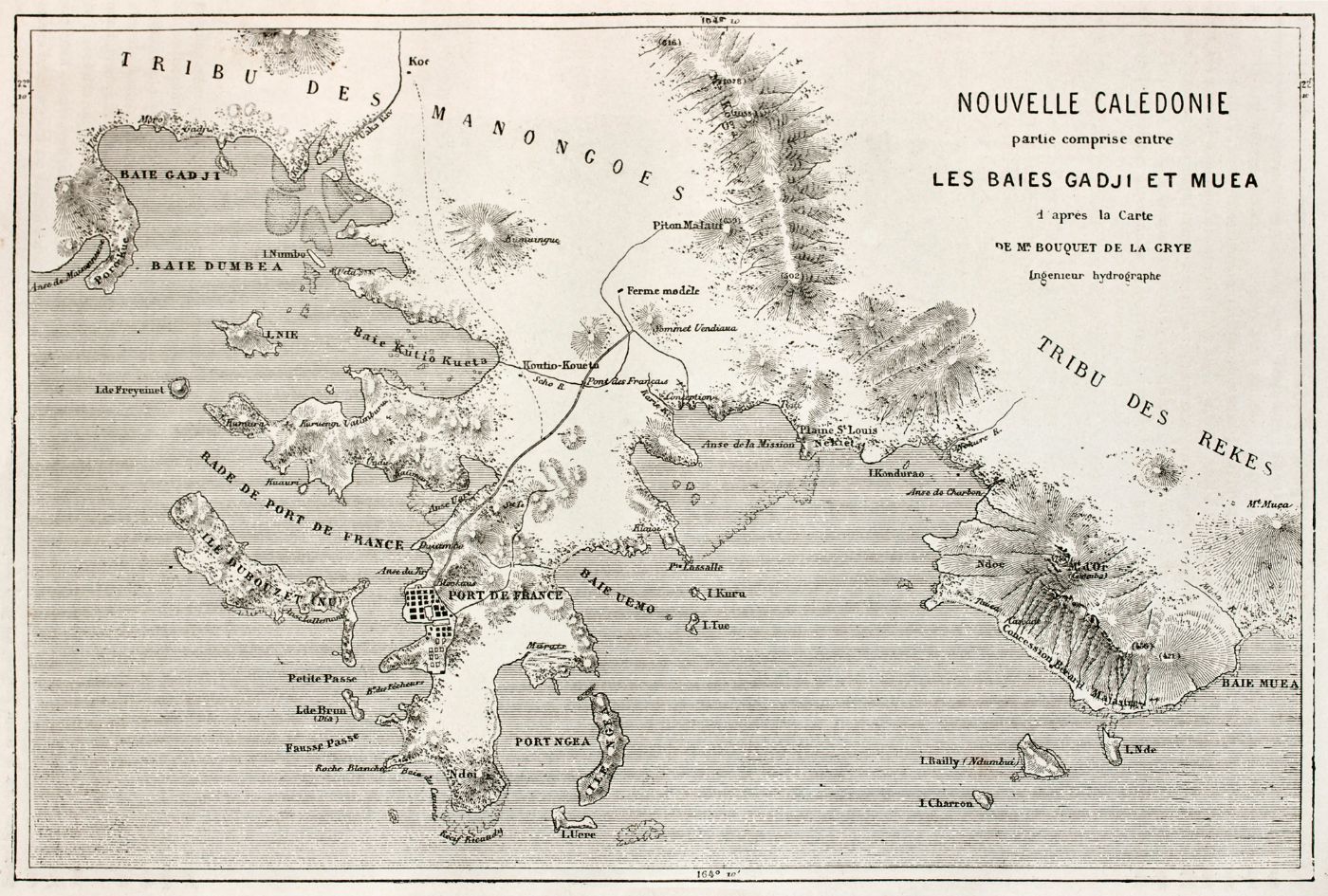
Grand Terre, the "mainland" island, holds the bulk of the population, though a few larger islands and the offshore Loyalty Islands are also inhabited. The population of the country is a mix of French citizens and Kanak, the indigenous Melanesian natives. Noumea is the nation’s capital and the only city, though there are other villages and population centers on the mainland.
Why go there?
It's a beautiful place with gorgeous beaches, snorkeling, diving and sailing and fantastic food and culture.
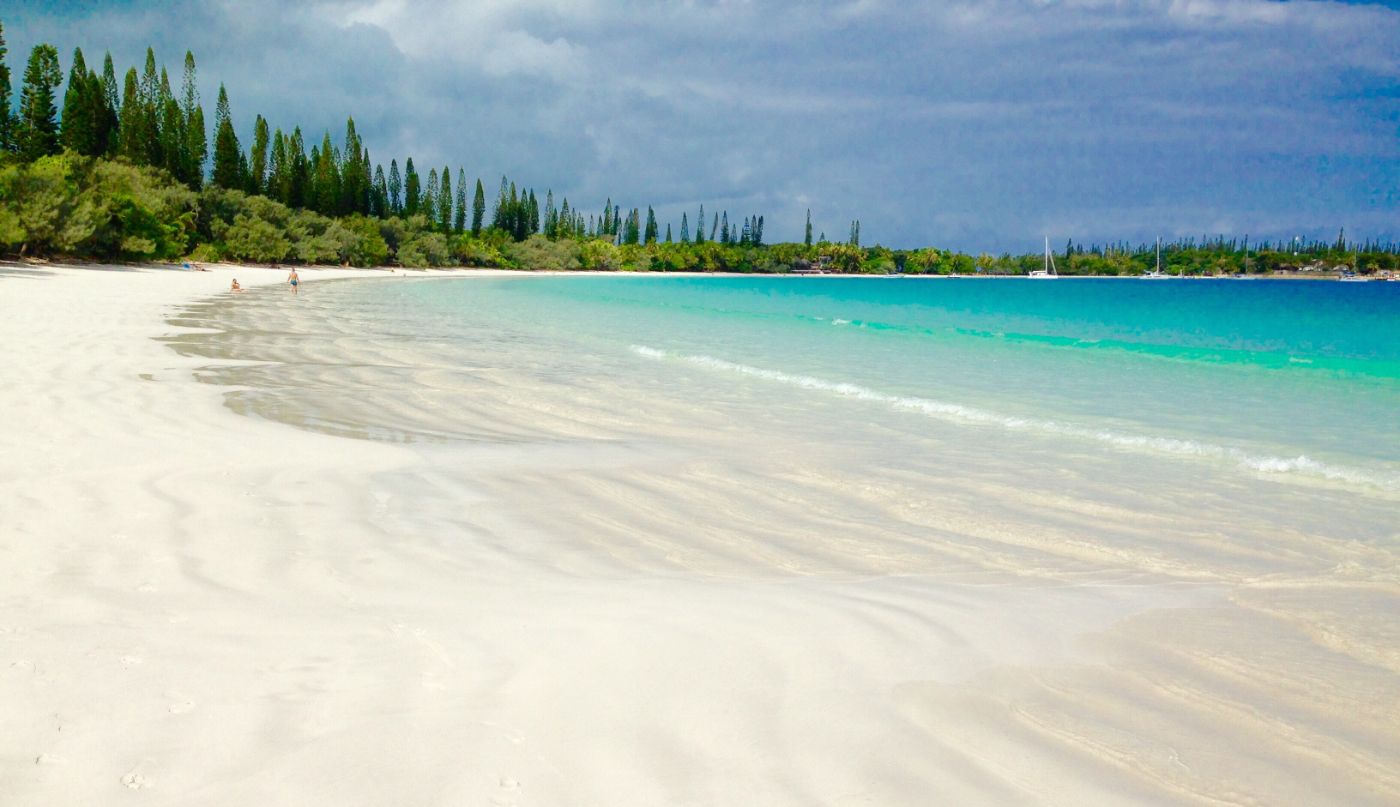
The lagoon surrounding New Caledonia is inside the longest continuous barrier reef in the world (930 miles), and the third largest in the world. UNESCO has the reefs listed as a World Heritage Site, and parts are protected in the French national park system. The lagoon covers over 9,300 square miles and encircles all of Grande Terre. Within it you'll find brilliant white sand beaches, crystal clear waters, whales, dolphins, dugongs, pelagic fish, and other wildlife.
On shore, the small city of Noumea has fantastic dining and sight seeing. The blend of French culture and South Pacific cuisine makes for interesting menus, ranging from the traditional to the esoteric and unusual.
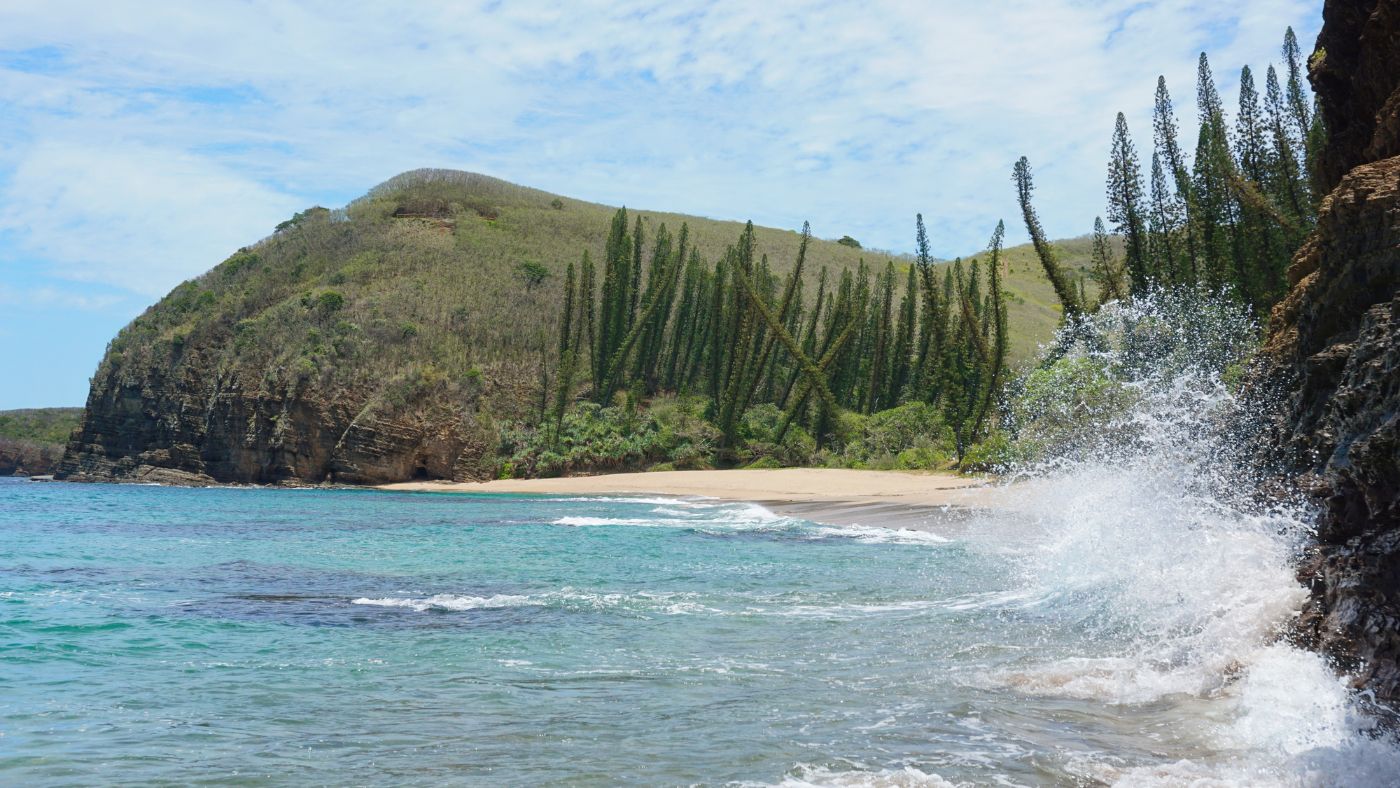
So let's take a look at my thirteen tips for a great experience when visiting New Caledonia:
#1 - June through October offers the best sailing weather
New Caledonia is at risk from South Pacific Cyclones, so the safest time to sail there is during the Southern hemisphere winter. June through October is the best time, when you will get wonderful weather and no risk of cyclones. Sailing there during cyclone season isn't recommended, though you can visit by air during the summer.
#2 - New Zealand Offers a Good Approach Route
New Zealand is a common place to depart New Caledonia, as prevailing winds are often from the South and East for good sailing. New Caledonia is often part of an itinerary with nearby Vanuatu, since they are close together and visa limitations prevent many cruisers from spending an entire season in New Caledonia.
It's also a stop heading west from Fiji, sometimes through Vanuatu. It's a good sail with prevailing trade winds, and many will stop there en route to Australia.
Australia is also a popular departure point for New Caledonia. Prevailing winds make for more of a reach to a close reach than a run, but the numbers of Australian boats tell you this is a very manageable sail.
#3 - Get Your Supplies When You Can
Noumea is the largest population center in the country, and you'll do well to pay attention to getting your provisions and supplies when you are near town. You may need to return to Noumea to stock up and resupply, as everything from diesel fuel to propane and food is easier to get there. You won't starve if you're some place like Iles des Pines, but the groceries there are tiny shops compared to the several large supermarkets in Noumea.

Marine suppliers and chandleries are concentrated around Noumea, and you can find almost everything you'd need if you know where to look. The Nouville Plaisance marina complex in the northwest corner of Moselle Bay has a nice selection of services and marine shops.
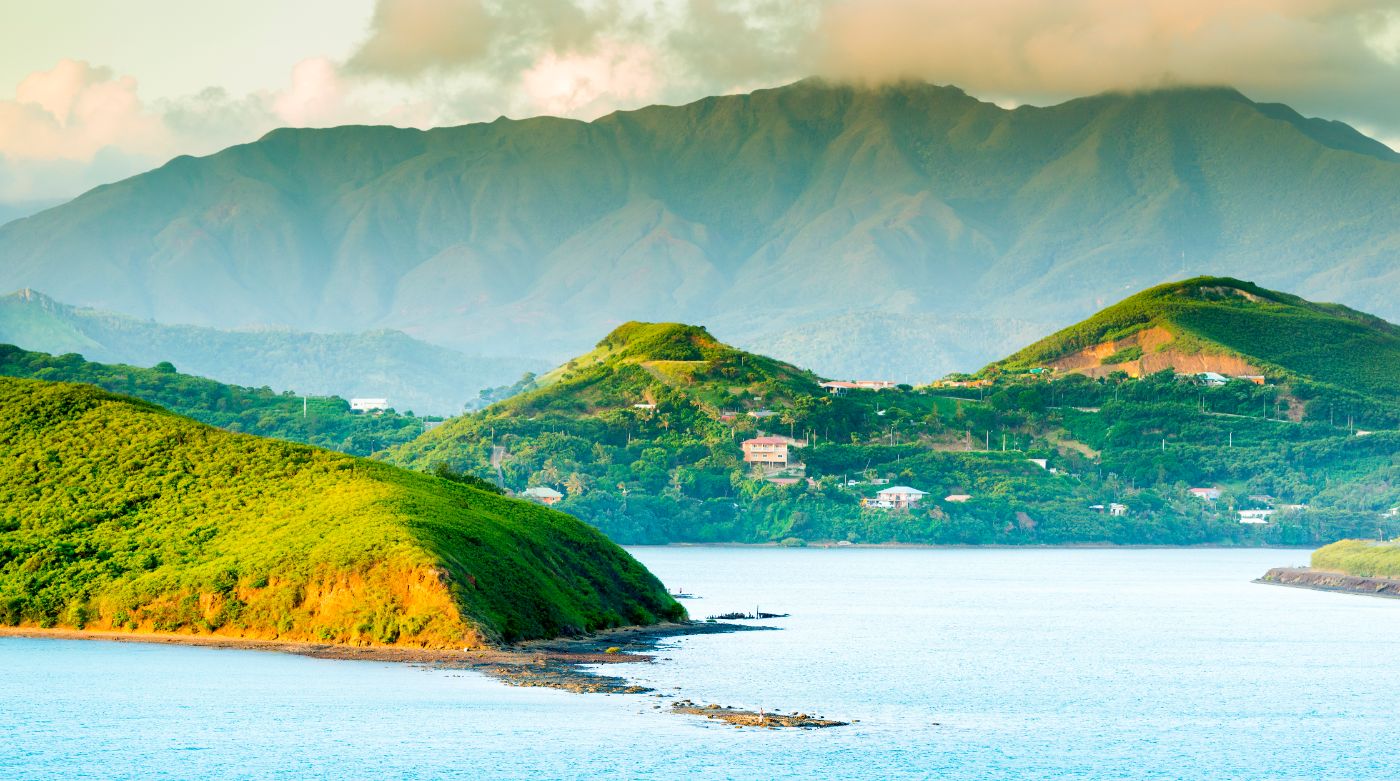
If you're anchored or moored near town, you'll be bringing your dinghy into the Port Moselle marina. Right near the docks you'll find the fish market, and a vegetable market with variable days and hours. The best shopping is in the morning at those markets, but a couple of supermarkets are also in walking distance. Scattered around town are several first-rate boulangeries (French bakeries) where you can get bread and some life-changing desserts.
#4 Find the Whales in Winter
Winter is whale season in New Caledonia, and humpback whales come into the lagoon for breeding and birthing. They spend the summer down in Antarctic waters, but come north for the mild winters and spend from July through September cavorting in the waters around Noumea.
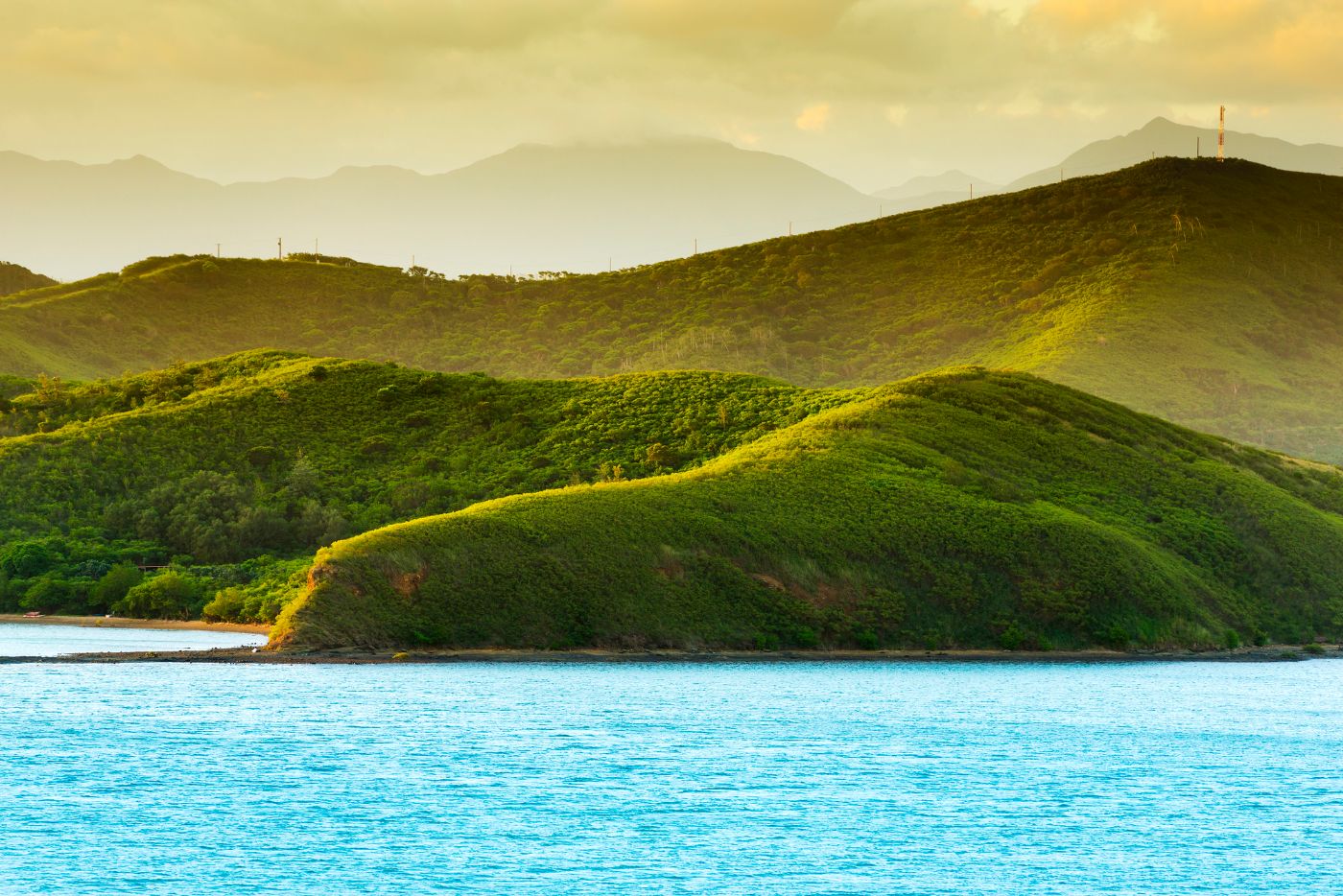
We had seen no whales from our boat, so we opted to take a whale watch tour out of Prony Bay. Spending a little money to see whales guaranteed we'd see them from our own boat, it seemed. We saw more whales up close on our sail from Prony Bay back to Noumea than we did on the whale watch, and on almost every trip we took after that.
If you head for the southern end of the island in July and August, you're almost guaranteed to see humpbacks. You'll see some in the distance, breaching and jumping. And if you're lucky like we were, you'll see some breach so close to your boat it takes your breath away with the majesty and beauty.
#5 - Tour for Food in Noumea - French and Local Fresh Foods
Though you'll provision your boat for meals onboard, it's worth budgeting for a few nights out in Noumea. We learned it's common for excellent French chefs to come to Noumea to open restaurants. The result is fantastic - classic French cooking and techniques combined with fresh, local foods and specialties make for great dining.
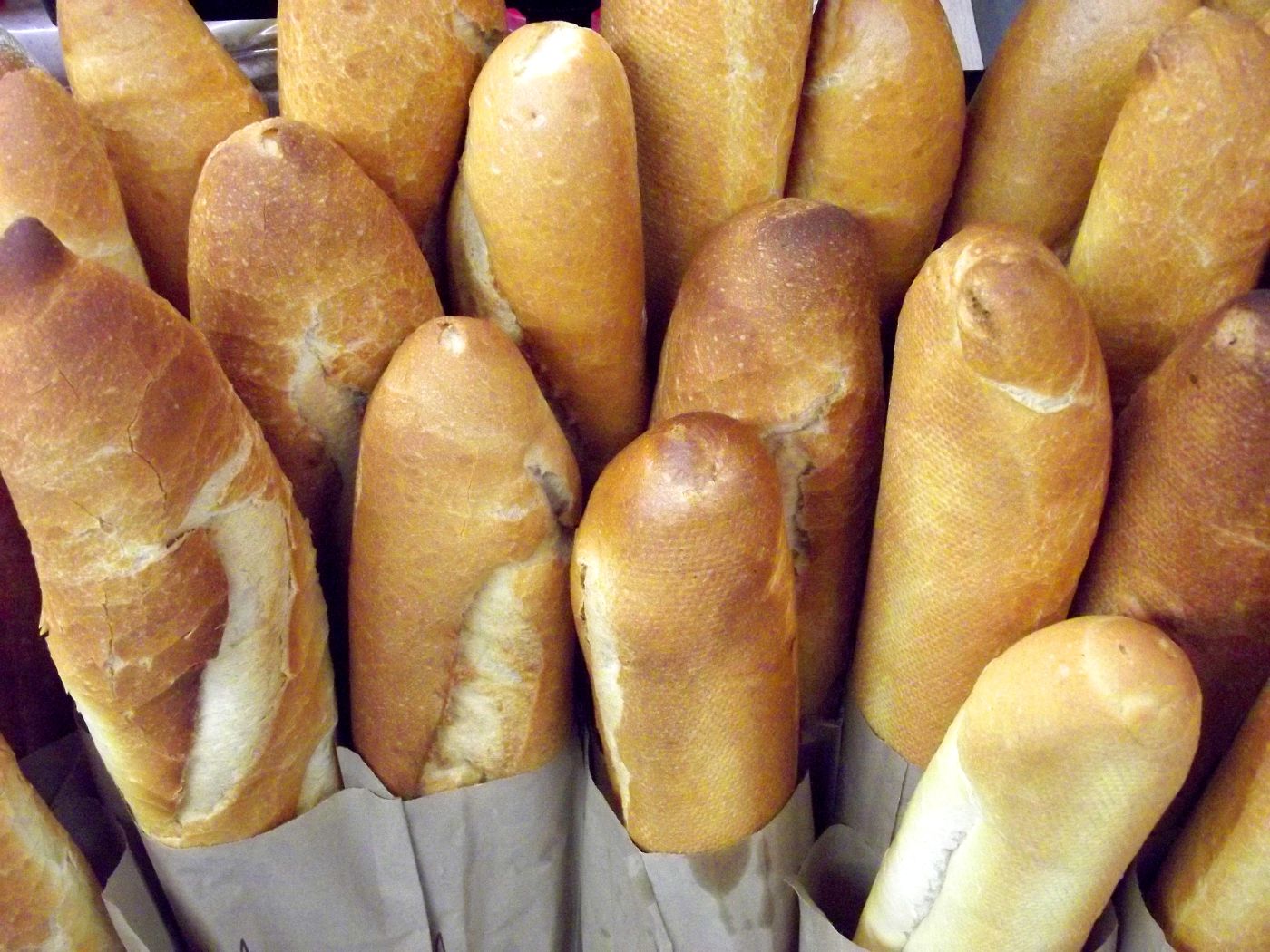
You'll also find the markets have a good assortment of French wines and cheeses at reasonable prices (for the South Pacific). Meats can be expensive, as are some fresh vegetables as there isn't much native produce and they import much of what you find in the groceries. We ate a lot of fresh tuna from the fish market when we were in town, it was quite affordable and good quality.
#6 - Fish the Lagoon
We didn't figure out right away that open water, ocean fish frequent the lagoon. Most of the places we've visited inside the barrier reefs you find reef fish. Not tuna, mackerel, wahoo, and other open water fish. Then we found out that most of the fishermen bringing their catches to the market in Noumea weren't leaving the lagoon for their catches.
So any time you're moving in the lagoon, treat it like an offshore passage for fishing off the boat. Get out your lines and your plugs and you might catch something you don't expect.
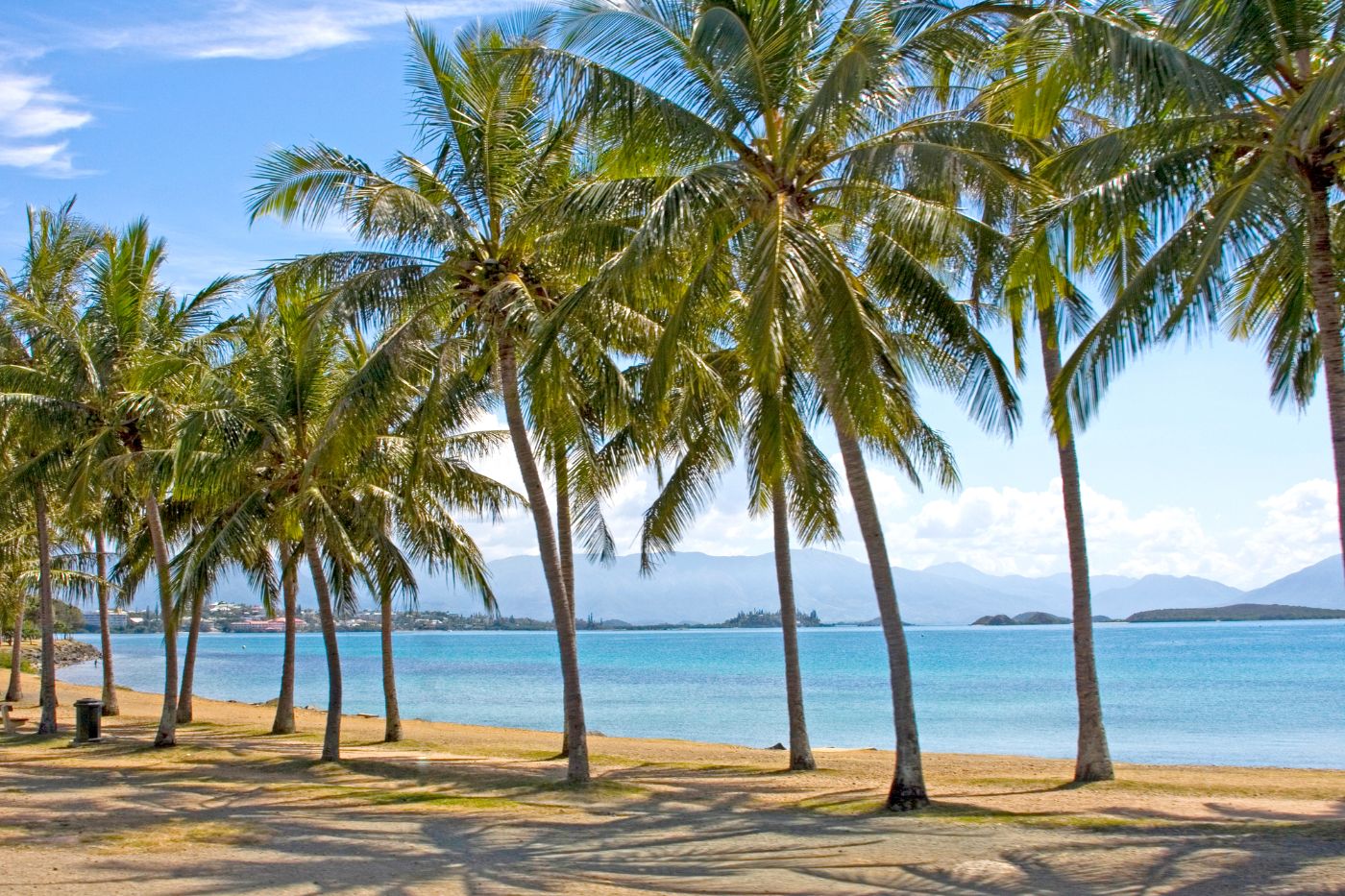
#7 - Carry Cash, Credit Cards, and a Local Phone SIM
The currency of New Caledonia is the French Polynesian Franc (XPF), the same currency used in French Polynesia. Most places around Noumea will take credit cards, but if you head to more remote places like Île des Pins (Isle of Pines) it's a good idea to have some cash if you plan to take tours. You can arrange some at hotels which will take credit cards, but not everyone will, especially if you're dealing with a small tour operator or boat captain.
If you're planning to be there for a while, it may be helpful to get a local phone SIM, and internet is available but can be spotty. When we were there, we purchased SIMs at the post office, and used a prepaid, shore based Wi-Fi service. Be aware going in that you may not have the best internet or cell service unless you're willing to spend some money.
#8 - Brush Up on Your French
Throughout French Polynesia, we found many people spoke English, or at least enough English to bridge the gap when our French wasn't enough. In New Caledonia, we learned fewer people speak English. Some will, but you would do well to learn a few basic phrases or carry a book like French for Cruisers.
Even for those locals who spoke English, there was often difficulty understanding strong regional accents. When I was in the marina office, an American boat radioed in for clearance information. They didn't speak French and had very strong southern accents. The marina staff, who all spoke English well, could barely understand them to where I offered to translate. Australian accents are also said to be difficult for local French speakers.

#9 - Keep a Watchful Eye when Sailing the Lagoon
The lagoon is open with good breeze, but there can be strong currents as the tides change, and areas with mazes of coral and shallows. Maintain a good watch and plot your courses carefully. Plan to do your lagoon sailing in daylight as much as possible.
The southern part of the lagoon can be particularly tricky, en route to Île des Pins. Check the weather and the tides.
#10 - Work Around Cruise Ships if You Can
There are cruise ships which tour New Caledonia. They pretty hard to overlook, so aren't a real hazard to navigation. But they can be a hazard to your sanity if one shows up when you're some place remote. We caught one on Île des Pins. Several thousand cruise passengers debarking on an island with a population of 2,000 changes the dynamic of your experience.
It needn't spoil your time, but you may find tours booked, all bicycles rented, restaurants crowded, and docks and other spaces co-opted by the cruise ship to handle its vessels and passenger loading and unloading. You can check cruise line schedules to see where they will be, but we didn't find a comprehensive list. Sometimes you can tell they are coming, as decorations, booths and markets spring up a few days before the scheduled arrival.
There is good news. First, there aren't that many cruises. Second, they don't stay that long - only a day or so. We spent over a week at Île des Pins and shared the harbor with a cruise ship for one day. We stayed on the boat and took care of some projects, and had the harbor to ourselves again a day later.
#11 - Check your Visas, Timing and Where to Go Next Beforehand
Check visa and stay limits before you go, because your time may be limited. As Americans, we had a ninety day visa, and there was no way to extend it or ask for more time like you can in French Polynesia. Your limits will vary with your passport, E.U. residents may not have any limits at all.
But the chances are good you will not get to spend the whole cruising season there, and you will want a plan for where to go before your visa runs out. Vanuatu is a popular destination to round out the winter. We sailed to Australia, since New Zealand can be rather upwind on the return sail and we hadn't been to Australia yet.
#12 - Visit the Parks (and Observe the Rules)
One of our favorite New Caledonia days we spent on Île Ténia, a tiny strip of sand and scrub off the coast of Grand Terre. We anchored offshore and took the dinghy in for snorkeling and walking the pristine beaches. While we were there, we found a prize - a perfect New Caledonian chambered nautilus shell. You can not buy these in stores, and it was gorgeous.
And taking it from a national marine preserve would have been illegal, though we could easily have gotten away with it. But we left it for the next person to enjoy - the park rules are quite clear about removing shells, rocks, or other items from the park.
With some planning, you're allowed to camp or BBQ in places like this, and they're well maintained and pristine. But pay attention to the rules and regulations, it's pays to check them out ahead of time so you know what to expect.
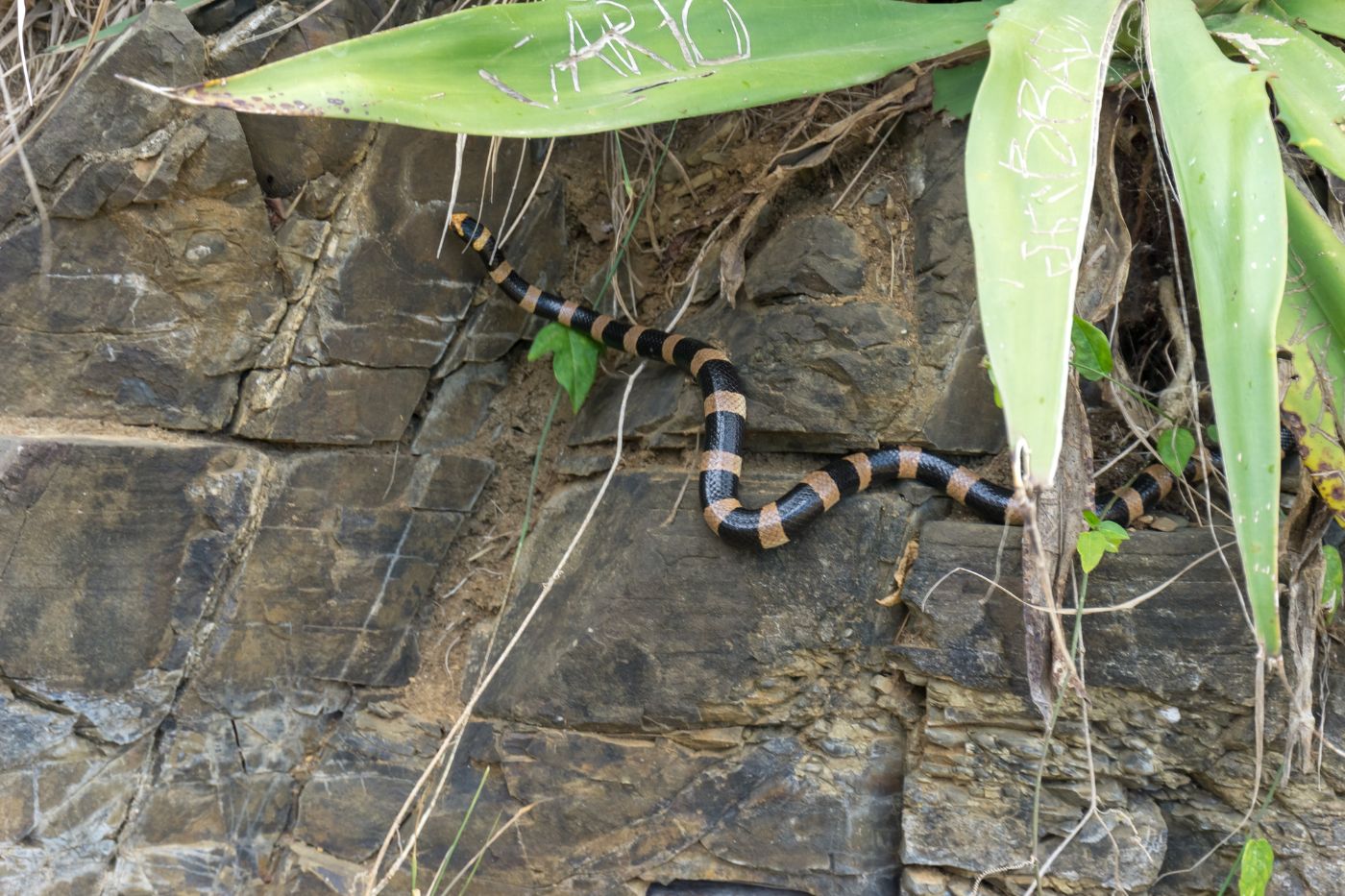
#13 - Mind the Tricote Rayé
Tricote Rayé is French for "Striped Sweater," and if you see one of these beautiful marine snakes, you will understand the reference. They are gorgeous, with brilliant black and blue or brown bands and hints of yellow. And they are reported to be very gentle to the point of docility, and you will find pictures of New Caledonian children handling them.
But they are highly venomous. You shouldn't touch them, and if you see them on land, step around them.
The Tricote Rayé is a type of Sea Krait, a venomous sea snake with a paddled flat tail which also comes up on land. You may pull up on an island and find them sleeping all over the rocks, or encounter them when snorkeling.
They aren't aggressive or hostile, but they may not take kindly to handling or being stepped on.
Did you find the answer to your specific question?
👍 3 👎 0

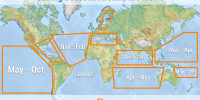
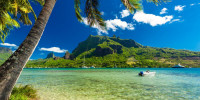

Comments
Christine
Hi William
Thanks for this very interesting advices. I have already read a lot about NC but I still learnt new thinks reading your block.
I was wondering however if I could ask you one or two related questions. We are preparing for a cruise from Australia to NC, planing to cross around June. The question is, we’re should we stay during the hurricane season. I am not too keen to go back to Australia and do the crossing again after the hurricane season has passed. But so far that te only solutions I heard from Australian sailers. What is your point of view?
Secondly, I am a bit worried about buying gas ( for our cooking stove) once we are there). It seems that they use a different type of gas in NC than we do in Australia . Again, what is your experience?
Thanks in advance for your help
Christine
Kate Stace
Hi William - we have done barefoot sailing in Greece and Whitsundays (family) and with crew (and mates) in Tahiti and Croatia - we are now considering a week in New Caledonia - do you have any suggestions on charter companies ? Looking at google it seems the best time to head to NC is August for good sailing, sun, whales etc - I would appreciate any hot tips please - kind regards Kate
Leave a comment